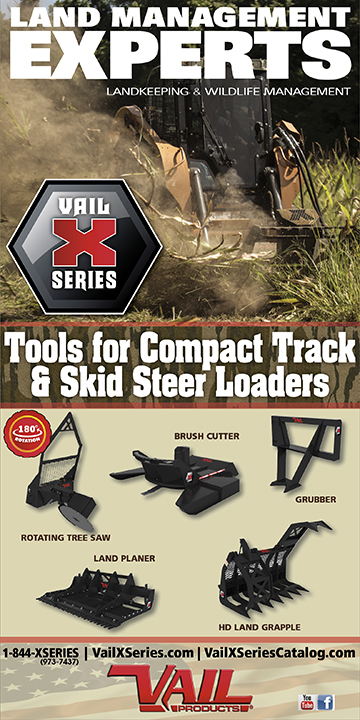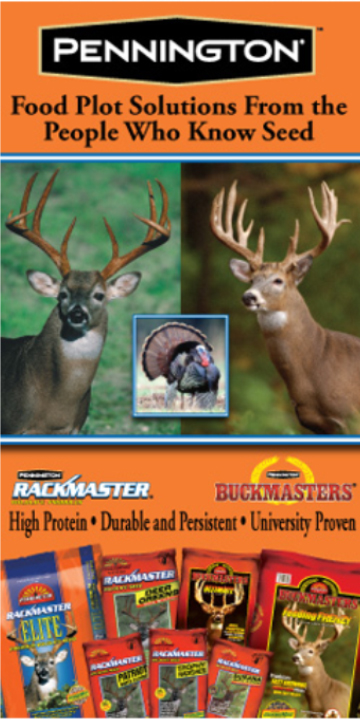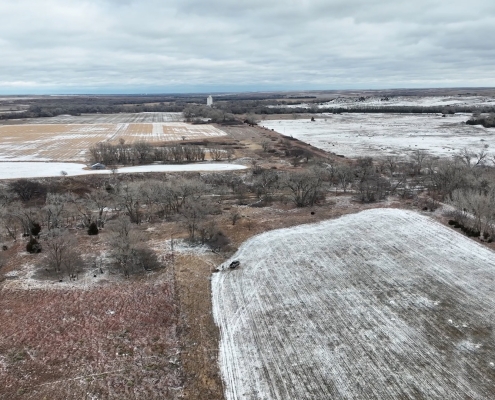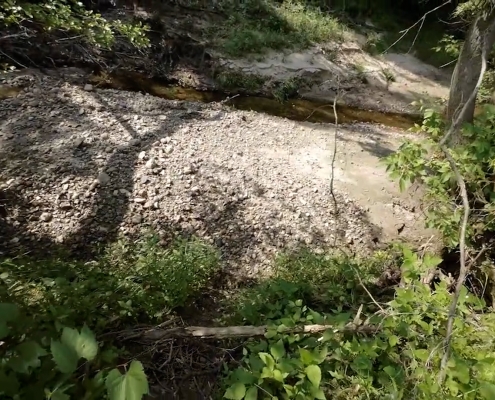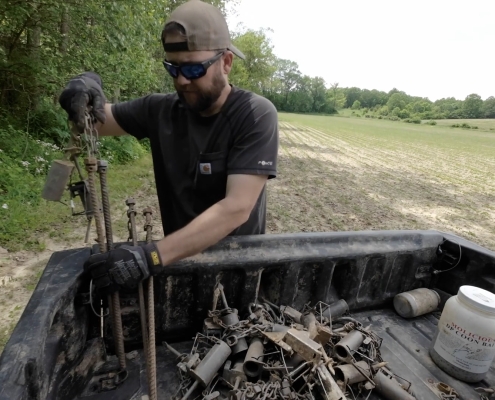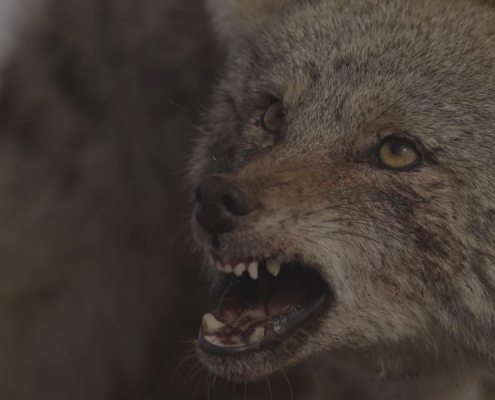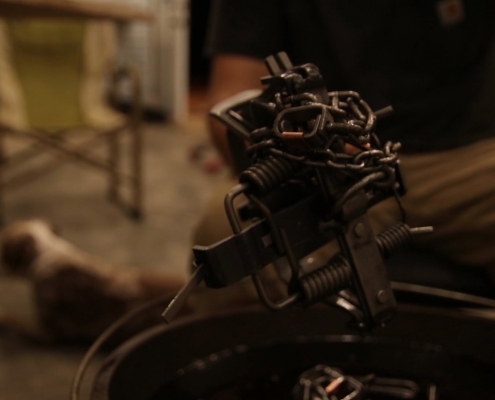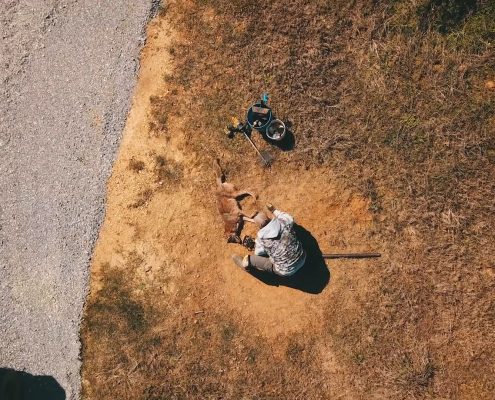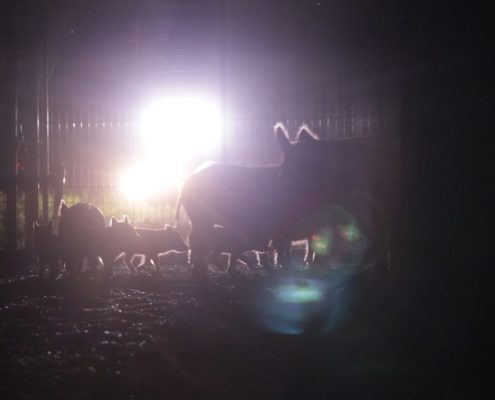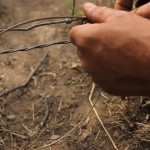Trapping Tips
In our mini-series of videos on trapping tips, we give you an array of tricks that we use to improve our trapping success. Trapping has a definite art and it’s not something that can be picked up on overnight. Years of experimenting and learning go into consistently being successful on the trapline. These tip videos can help not only the novice, but experienced as well.
In our first video, “Evidence”, we talk about a two-fold importance placed upon sign. In any kind of trapping or hunting, looking for sign animals have left behind is a great way to scout. For coyote trapping, looking for and finding scat serves dual purpose. It not only shows where a coyote has been, but also provides a trapper with the best trap lure out there. Scat will bring out the territorial nature of coyotes and should increase your success. So next time use this tip when you’re looking for trap locations and you see scat, do not overlook it not only for a location, but also for free lure in your next set.
Next up, we discuss when we decide on moving traps. We get asked all the time on when is it time to remake a set. It’s not the length of days it’s been there, it’s weather conditions that are our determining factor. A big rain can form a crust over the set basically keeping it from firing. Animals have a keen sense of smell and will still be able to smell the bait and lure you’ve used, but the dirt over the set is the concern. So if you’ve put a trap in and have been unsuccessful for the first couple days, don’t be concerned with resetting it unless there has been a big rain.
In our final video of our trapping tips series, Tom shows how he modifies a stock snare. Snares, where legal, give trappers a great tool to use in certain situations. With a little modification, you can improve a stock snare and increase your odds of success. In this video, we provide a little how-to on snare modification and setting. By simply making a curl, or pre-loading more of a circular curve into your snare, you’ll cover more of the crossing and quicken the snare. It’s a simple, yet effective modification that anyone can do. Setting a snare is an art. At first, it might take you some time, but through practice and trial/error you’ll have it down. Using wire to form an anchor on a fence crossing and another 8-10 inch piece as a support wire will not only help a trapper firmly secure his snare, but also provide easy adjustment to provide perfect snare placement. Fence crossings offer excellent opportunities for trapping many types of predators. With a little help from this how-to snare video, you’ll improve your sets and increase your success next trapping season.
We hope these trapping tips offer you some ideas for the line next season. Trapping coyotes, raccoons, and bobcats can have a positive effect on deer and turkey populations. Predator populations, when left unmanaged, can decimate target game on your property. Through proper management, their numbers can be held in check. Trapping predators isn’t a skill learned overnight. Spending time with an experienced trapper is a great way to learn the art of trapping, but if you don’t have the opportunity, utilizing the internet and these trapping tip videos as learning resources can be a great start as well.

